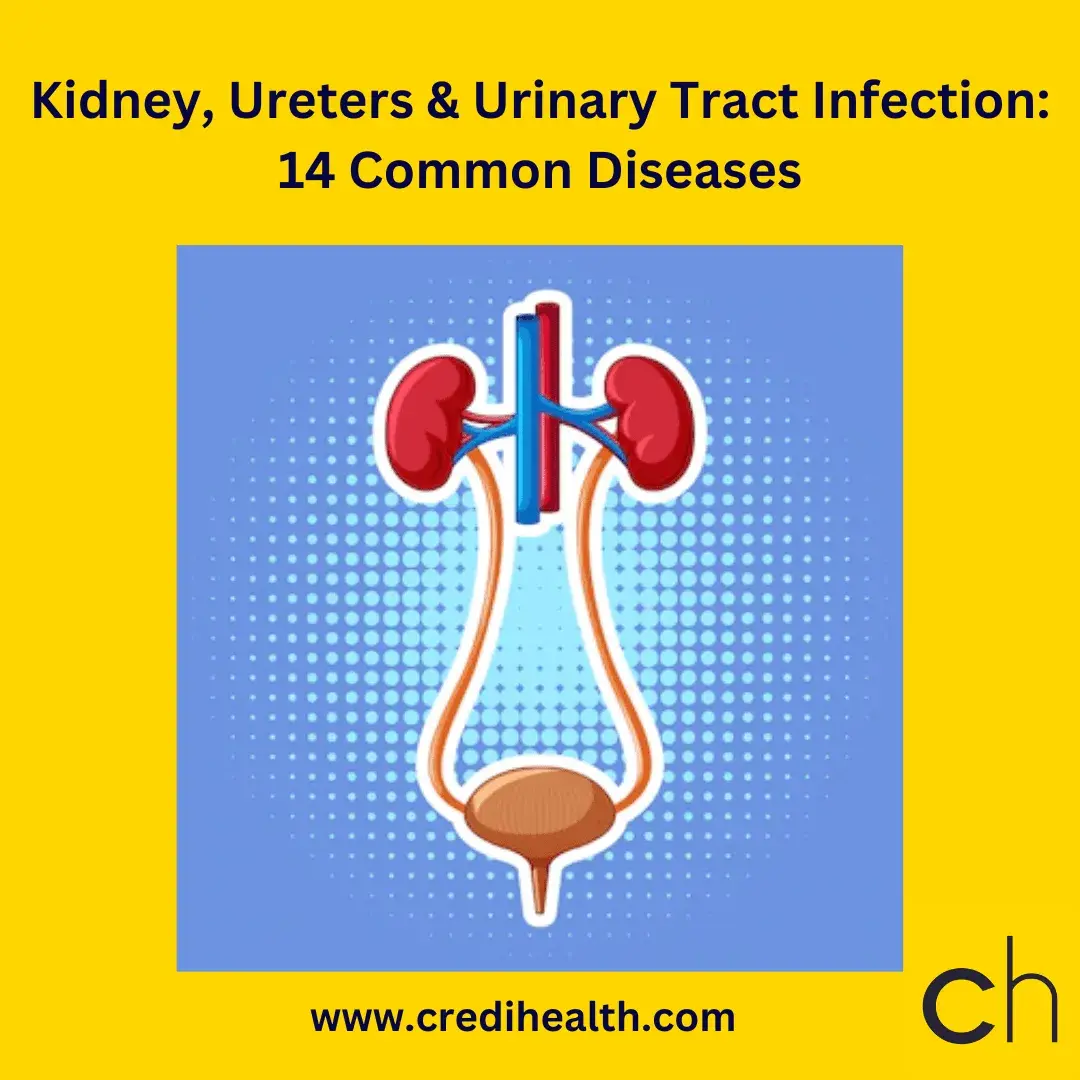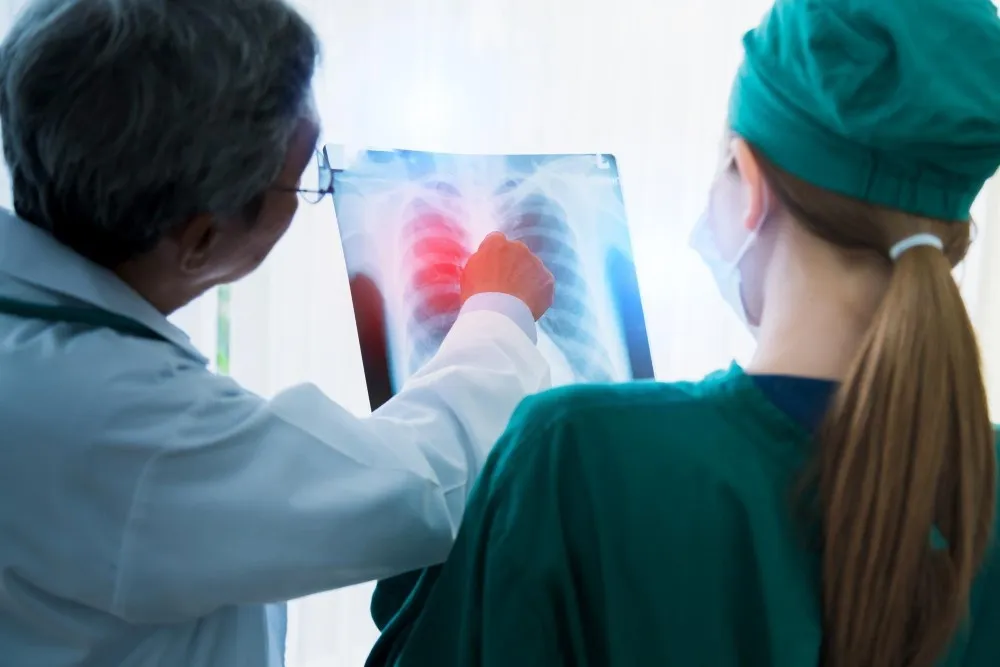What Are Urologic Diseases?
The term 'urologic diseases' refers to the diseases of the urinary tract (kidney, ureters & urinary bladder) in females and urinary tract infection and/or reproductive organs in males. It can affect people of all ages. Urologic diseases may be congenital or acquired in nature.
Other chronic illnesses such as hypertension and diabetes are also known to have a direct effect on the urinary system. Changes in lifestyle, changes in climate and long working hours are some of the causes for resultant increase in the incidence of urologic disease among India's population.
Understand Kidney, Ureters & Urinary Tract Infection: 14 Common Diseases

List of Kidney, Ureters & Urinary Bladder Diseases:
-
Urinary Tract Infections
-
Kidney and Ureteral Stones
-
Benign Prostatic Hyperplasia (Enlarged Prostate)
-
Stress Urinary Incontinence (SUI)
-
Overactive Bladder (OAB)
-
Interstitial Cystitis
-
Erectile Dysfunction
-
Vaginal Prolapse
-
Prostate Cancer
-
Bladder Cancer
-
Kidney Cancer
-
Testicular Cancer
-
Prostatitis
-
Urethral Structure
Kidney, Ureter, and Urinary Bladder Diseases are explained in detail.
- Urinary Tract Infections is infection in any part of the urinary system including urethra, ureters, bladder or kidneys. Very common urologic disorder that affect almost everyone at least once in their lifetime. It is caused by bacteria called E.coli which reside in the colon and anal area. Poor hygiene and sexual intercourse are found to be major reasons for UTIs because they may cause E.coli bacteria to move from anal region to the front up the urethra, to bladder and them from there to kidneys to ureters. Antibiotics are given to ward-off the infection.
- Kidney and Ureteral Stones are most prevalent and painful of urologic diseases. When the dissolved substances in urine concentrate and become crystals. As the time passes, more and more substances deposit on these crystals and they become stones. Patients complain of mild to severe pain, nausea, vomiting or blood in urine. Most stones pass in urine except when they are very large, they have to be treated.
- Benign Prostatic Hyperplasia (Enlarged Prostate) is the non-cancerous enlargement of the prostate gland in males with the growing age. The growing prostate puts pressure on the underlying urethra which leads to lower urinary tract symptoms such as frequent need to urinate, difficulty in beginning to urinate and dribbling in the end.
- Stress Urinary Incontinence (SUI) - Many women experience urine leakage during normal activities like sneezing, coughing, laughing, lifting, exercising or bending and walking (in extreme cases). This is called stress urinary incontinence (SUI) and results from excess body weight, vaginal childbirth, menopause or aging. Incontinence treatment involves medication, minimally invasive surgery and Kegel exercises.
- Overactive Bladder (OAB) is characterized by sudden frequent urge to urinate or bedwetting. The urge is so strong that sometimes patients are unable to make it to the toilet. Excessive intake of caffeine or alcohol, UTIs, diabetes or nerve dysfunction produces impulsive spasms in bladder and causing OAB.
- Interstitial Cystitis, also known as bladder pain syndrome. It is a chronic condition, most commonly affecting women and is associated with mild to severe pain, pressure, discomfort and strong and frequent urge to urinate. The symptoms overlap with those of UTI. Oral medications or surgical procedures are done along with dietary changes and bladder training to treat interstitial cystitis.
- Erectile Dysfunction is characterized in males by inability of their penis to get an erection or maintain it for a sufficient time to complete the sexual intercourse. It could occur due to imbalance of male sex hormone testosterone or problems in the vascular tissue in penis. ED leads to low self-esteem and may cause relationship problems with one's partner. Surgical and non-surgical treatments along with counselling are available to treat erectile dysfunction.
- Vaginal Prolapse in females is a urologic condition in which their bladder is no longer supported by vaginal muscles and droops into the vagina (sometimes even protrude out of it). This may be a result of ageing, childbirth and menopause. It's a very discomforting situation and the patient may face urinary difficulties and stress incontinence.
- Prostate Cancer is one of the most common types of cancer affecting men. Age and genetics are considered to play a role. It grows slowly without showing any symptoms during initial stages. In more advanced stage, the signs become visible as trouble urinating, blood in urine or semen, pain in lower back and hips or general discomfort in pelvic area. If you notice any such bothersome symptoms, then contact your doctor to get timely treatment interventions.
- Bladder Cancer is unwanted or abnormal proliferation of cells in the lining of the urinary bladder. Never ignore the presence of blood in the urine which is one of the major symptoms of the disease. Surgery, chemotherapy and radiation are used for the treatment of the disease.
- Kidney Cancer As the name implies, it is the cancer in kidneys either due to malignant growth of renal cells (known as renal cell cancer) or transitional cells lining of the renal pelvis. Although exact causes are unknown but obesity, smoking, high blood pressure and occupational exposure to certain chemical such as asbestos are known to play a role.
- Testicular Cancer occurs when the testicular cells in men of any age group become malignant. A lump, pain or swelling in the testicles is the first sign of testicular cancer. It can be treated with surgery, radiation and chemotherapy. Risk is higher in those with undescended testes in the past.
- Prostatitis is the inflammation of the prostate gland in young and middle age adult men. Most commonly, prostatitis is caused by a bacterial infection. Any injury to the pelvic area due to surgical procedure or active sports may lead to prostatitis. It may also be an after-effect of urinary tract infection (UTI).
- Urethral Structure: It is defined as the narrowing of urethra which leads to weaken flow of urine and incomplete emptying of the urinary bladder. It is more common in males as compared to females. Urethral stricture is considered to be the second most common urologic disease among men after benign hyperplasia. It is caused by a variety of conditions such as trauma, inflammation, medical interventions such as minimal invasive surgery to remove kidney and ureteral stones and transurethral resection, or it can even occur as a complication of inserting ureteral catheter for long period of time. There is a high risk of infection spreading to kidneys, hence immediate treatment is necessary.

Reviewed by







